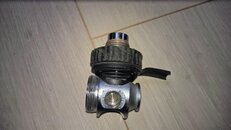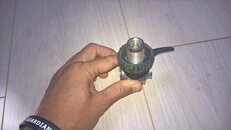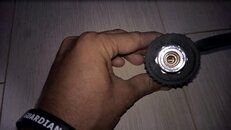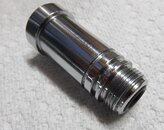Shugrnutz
Registered
Having been a certified welder for half my life, you need heat. Use a small torch and heat it until the metal starts to discolour, quickly quench it with cold water, and it should spin right out.
Welcome to ScubaBoard, the world's largest scuba diving community. Registration is not required to read the forums, but we encourage you to join. Joining has its benefits and enables you to participate in the discussions.
Benefits of registering include

If you have access to a pressure cooker, I wonder how that would work? I don't think there's anything in there that would get ruined by boiling water.
Don't use a hammer, and don't use a torch. This is not auto mechanics.....
The torque spec for this retainer is around 22 ftlbs, meaning not very tight. Unless the tech who worked on it is a real idiot (and there's plenty out there) there's no loctite involved. Probably it's just dried salt water that has crudded things up. That's because, as awap pointed out, the o-ring is on the end of the retainer deep in the reg body, leaving the threads unprotected. With every dive, water gets in those threads. This is exactly why it's important to soak, not just dunk, regulators in fresh water after diving. There are unprotected threads somewhere on most of them.




